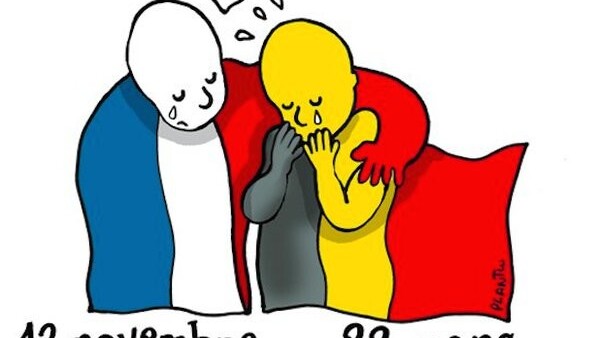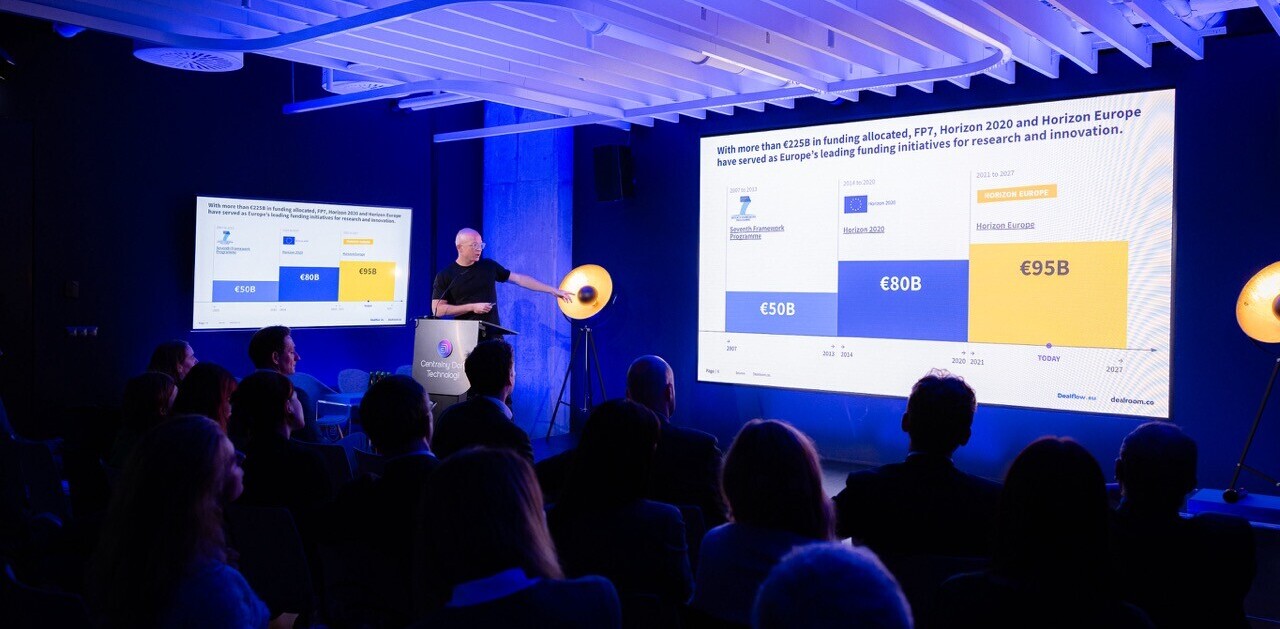
In the immediate aftermath of the attack on Brussels air and rail infrastructure this morning, mobile networks collapsed under the strain as thousands desperately tried to call loved ones.
IMPORTANT: Brussels mobile networks are getting saturated. Please contact through data messages: Facebook, WhatsApp, Twitter. Avoid calls
— Alexander De Croo (@alexanderdecroo) March 22, 2016
As a response, people turned to their data plans and apps such as WhatsApp, Twitter and Facebook to reach out beyond the carnage in the Belgian capital.
PSA: #Brussels mobile phone networks seem to be overloaded. If you’re trying to reach someone, use landlines or social media.
— Paul Musiol (@paulmusiol) March 22, 2016
Facebook turned on its Safety Check function to help people reach others quickly. It’s the perfect example of how technology’s value lies in something much more fundamental than just sharing. It’s helping people survive.

Text messaging and Twitter saved many lives in a 2012 typhoon, the International Federation of the Red Cross and Red Crescent says.
Other examples of technology helping save lives or aid recovery include the use of text messages to deliver hurricane warnings in Haiti and a computerised barcode system to monitor the distribution of humanitarian supplies in Syria.
If necessity is the mother of all invention, then disaster, be it man-made or natural provides a necessity that Silicon Valley, despite its location on a major fault line, will ever have to grapple with. While social networks have, thanks to their sheer numbers become a vital tool in these instances, they were invented to scratch a far more self-centered itch.
Sure, Facebook has built something genuinely useful, but it has already been heavily criticized for how it editorializes where and when it uses it. What that illustrates is that despite how embedded the social network is into everyone’s lives, its value cannot and should not be measured purely by shares and likes.
Which is why I’m quietly optimistic that innovation in disaster relief will not come from California or London, but the regions that have been forced to live with conflict every day.
The I Am Alive app is a prime example. For Sandra Hassan, the app’s creator it’s purpose was simple: how can I communicate with as many people as possible when mobile networks collapse after incidents like what happened in Brussels?
In 2014, the graduate student from Beirut became concerned that the deteriorating situation in her native Lebanon meant that her friends and family were at near-constant risk.
In the immediate aftermath of a detonation by a suicide bomber, Hassan noticed that networks quickly crumbled under the increased load of people desperately trying to connect with loved ones. Calls went straight to voicemail, inducing panic.
Survivors turned to social networks to provide ways of staying in contact. With Hassan’s app, a touch of a button sends a tweet to the user’s followers stating, “I am still alive! #Lebanon #LebanonBombing.”
Within a month, I Am Alive had been downloaded 5,000 times in Lebanon alone, and has since been reconfigured for us in other conflict zones.
Today, it has been downloaded more than 7,000 times throughout 25 countries at a steady rate of five to 10 downloads per day.

In Syria, projects such as Women Under Siege use reports of sexual violence to create crowdsourced maps documenting incidents of abuse. The group hopes that after the war has ended, they can form the basis of future prosecutions. Similar maps have appeared in Egypt and India.
In Egypt, HarassMap has been collecting reports on sexual harassment since 2010, with recent figures indicating that more than 1,000 reports have been filed. In India, meanwhile, VAW Mumbai has documented 44 cases in the city alone.
All of these projects are small examples of how vital technology can be in times of crisis. Perhaps what’s most promising is that these uses can grow into something larger, as Line did in 2011.
After the Japan’s devastating Tōhoku earthquake in March 2011 damaged telecommunications infrastructure nationwide, engineers at telecoms company NHN Japan built Line
Three months later, Line Messenger was born. After its initial launch, Line gained 50 million users in under a year. By comparison, Facebook took three years to get 58 million users, according to Reuters.

Although competitors like WeChat and WhatsApp have almost the exact same features, Line has used its disaster relief background to deliver aid to others. In the wake of the 2014 hurricane that battered the Philippines, it created a fundraising tool to donate over $500,000 through the use of the company’s enormously popular cartoon stickers.
So as the world tries to piece together today’s events in Brussels, the technology we use everyday has become fundamental to how we deal with events like this.
But technology companies can and should be doing more to make survival and reaching out to loved ones a bigger part of a company’s DNA than merely turning on and off a feature at whim.
The lead image on this story was created by French cartoonist Plantu to show France’s solidarity with the victims of the attack. It’s been shared millions of times already.
Get the TNW newsletter
Get the most important tech news in your inbox each week.




